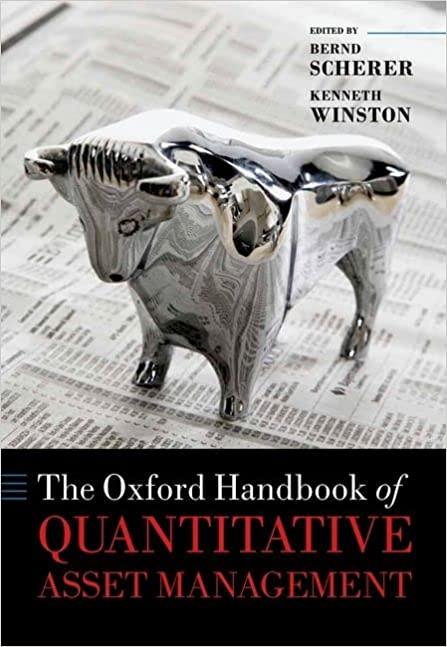Question
Suppose a firm wants to raise $28 million dollars during the next year. The share price is currently $60 and it pays a $1 dividend.
Suppose a firm wants to raise $28 million dollars during the next year. The share price is currently $60 and it pays a $1 dividend. The firm has a higher debt ratio than other firms in its industry. The firm is generating $3.5 million/year in net income and the planned expansion is expected to generate additional net income of $3 million dollars/year. Additional revenue will be 0 in years 1 and 2 during set up and annual additional revnue may vary as much as 20R% from the estimate eachyear. The firm has the following options for financing the project:
1) Issue common stock directly to the public. There are currently 985,000 shares outstanding. The new share would be sold at $57/share, with $2 per share underwriting costs. 2) The firm could offer its current shareholders an opportunity to maintain their current proportionate ownership. They would issue rights to shareholders purchase these share at $48/share. Thef lotation costs of this offering would be approximatly $1/share 3) The firm could issue a 10-year, 5.50% non-convertible subordinated debentures. These would be issued at par, with a 2% commission being paid to the investment banker for underwriting and distributing services. There would be a sinking fund requriement of $4.0 million per year, beginning in the 4th year. Of the three options, which option is best regarind raising the capital?
Step by Step Solution
There are 3 Steps involved in it
Step: 1

Get Instant Access to Expert-Tailored Solutions
See step-by-step solutions with expert insights and AI powered tools for academic success
Step: 2

Step: 3

Ace Your Homework with AI
Get the answers you need in no time with our AI-driven, step-by-step assistance
Get Started


